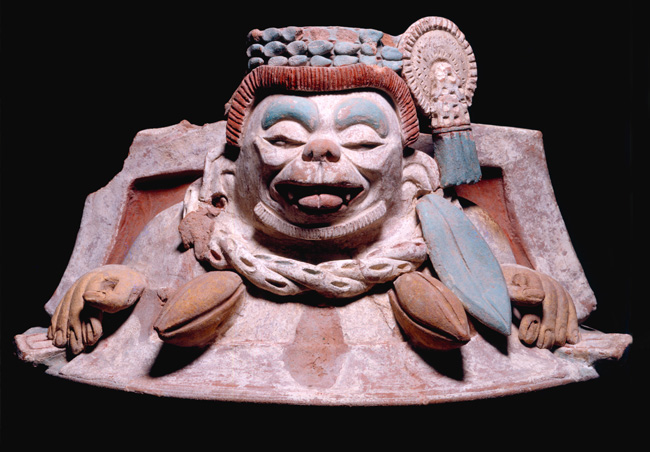What do I do for StoryRobin? Well, aside from editing content and writing our business plan, I am going to write an iBook. The iBooks (StoryRobin is up to about 10 at last count) are Sue's lifeline. Trained as an Art Docent for her daughter's school district, Sue works with fellow docents to create the best, most educational, most accurate iBooks about different artists. From Georgia O'Keeffe to Leonardo da Vinci, Sue is passionate about her final products.
Yesterday, Sue shared her "secret sauce" with me.
I'm heading to Mexico (the Yucatan) next week. Why not ask the Yucatecos to help me write an iBook about Mayans? I can't wait! I have big plans for this project. Write the iBook, visit the ruins, learn more than what's in the Encyclopedia, take pictures, and ask the children of the Yucatan to add their content; original drawings and stories. Oh, and translate it all back and forth (English to Spanish then back to English).
But first, Sue has to tell me "how to write a StoryRobin iBook." While I don't want to give away our secret formula (we are selling these iBooks for profit after all), I do want to keep my audience in the loop as I go through the new process of writing my own iBook. It's not that frequently any more that I have access to students interested in drawing and art.
Plus, Mayans are cool. The whole lunar calendar, codexes (sounds cool), and human sacrifices (Sue told me NOT to mention anything in the book about cannibalism/sacrifice). Easy enough.
I spent the day creating an "Outline" for the iBook - what will we cover, what do students already know (or assume) about Mayans, where should be focus (the Yucatec Mayans, of course). What I ended up with was a perfectly cited research paper. In a word, boring. No wonder I need to Sue.
Take out the words, and add in the pictures (example below).
So, how to write an iBook - part 1 is under way. Stay tuned for parts 2 - infinity. I have a feeling this is no small undertaking.
Sue's comments:
- Add stories.
- Add something related to today’s life.
- Add pictures.
- Include more fun facts.
 |
| Ceramic cacao vessel lid from Tonina. Cacao beans guarded by monkey Photo courtesy of Maya Exhibition, Canadian Museum of Civilization, Gatineau |
No comments:
Post a Comment